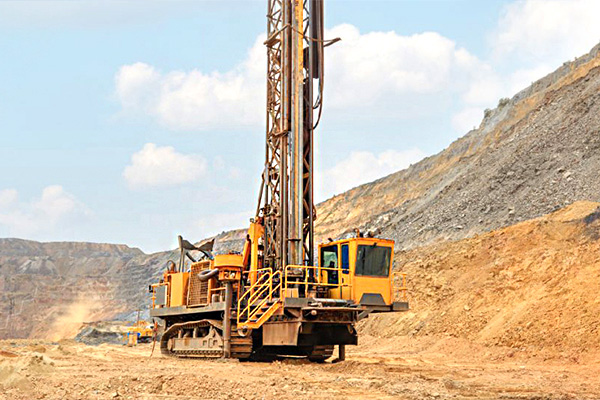In the field of geological exploration, accurate drilling data is critical to the success of any project. Core Drilling Rigs, known for their superior performance and precision, have become the preferred tool in geological surveying and resource development. This article will explore how Core Drilling Rigs enhance the accuracy of geological exploration, helping you make more informed decisions and achieve more efficient resource development.
1. What is a Core Drilling Rig and How Does it Work?
A Core Drilling Rig is specifically designed to collect underground core samples, providing detailed stratigraphic data. These core samples reveal not only the composition of underground rocks but also offer insights into groundwater, mineral distribution, seismic activity, and other critical geological information. The rig works by rotating the drill bit to cut through rock layers, extracting core samples for subsequent analysis.
2. Providing High-Quality Core Samples
In geological exploration, the most important factor is obtaining accurate underground samples. Core Drilling Rigs allow for precise control over drilling depth and speed, ensuring the integrity and representativeness of each core sample. Compared to traditional drilling methods, Core Drilling Rigs maintain the continuity and original condition of the samples, enabling exploration teams to accurately assess the geological structure and mineral distribution of subsurface layers.

3. Enhancing Data Accuracy
Core Drilling Rigs enable deeper penetration into complex subsurface environments, providing geologists with more accurate geological data. Thanks to their precision drilling capabilities, the rig minimizes the disturbance to the rock layers, ensuring the core samples are as authentic as possible. The quality of these samples directly impacts the reliability of subsequent analysis, reducing errors and increasing the accuracy of exploration results.
4. Quick Access to Subsurface Information
Traditional drilling methods often require longer periods to obtain accurate data, while Core Drilling Rigs provide a faster, more efficient way to gather core samples. Their advanced drilling systems reduce project time, ensuring quick access to key data. This enables faster decision-making, helping investors assess the value of underground resources in a timely manner.
5. Versatile Applications in Diverse Geological Environments
Core Drilling Rigs are highly adaptable, able to operate in various geological environments. Whether drilling in soft or hard rock layers, water-bearing formations, or high-pressure zones, the rig can be customized to suit the conditions, ensuring precision and accuracy regardless of the challenges presented by the subsurface environment.
6. Improved Exploration for Resource Development
One of the most significant benefits of using Core Drilling Rigs in geological exploration is their contribution to resource development. Accurate core samples are vital for understanding mineral deposits, water reservoirs, and other valuable resources. With precise geological data, companies can assess the viability of resource extraction and make informed decisions about investment, extraction methods, and project timelines.
7. Reducing Exploration Risks
By providing high-quality, accurate data, Core Drilling Rigs help reduce the risks associated with geological exploration. Inaccurate or incomplete data can lead to poor decision-making and unnecessary costs. With the precise data obtained through Core Drilling Rigs, exploration companies can better assess risks, optimize their strategies, and increase the likelihood of a successful outcome.
Conclusion
Core Drilling Rigs are essential tools for improving the accuracy of geological exploration. Their ability to provide high-quality core samples, enhance data accuracy, and adapt to a variety of geological environments makes them invaluable for resource development. Whether you’re exploring mineral deposits, assessing groundwater resources, or conducting scientific research, investing in a high-performance Core Drilling Rig ensures you receive the most reliable and precise geological data available.